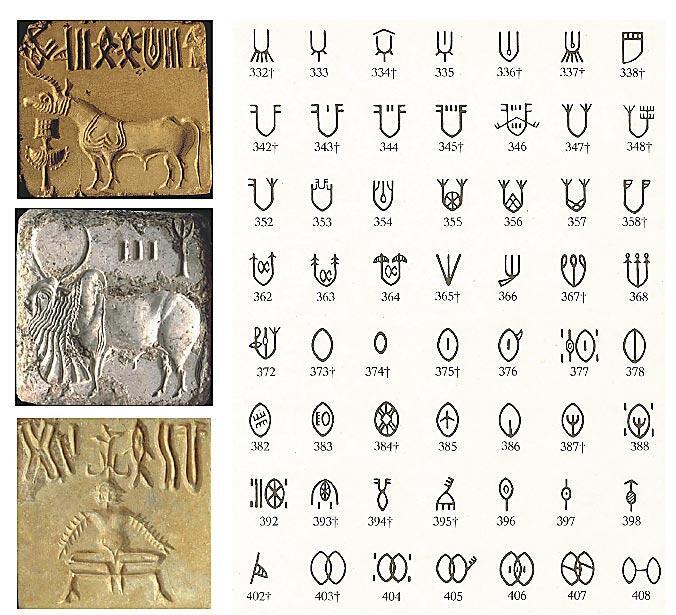A succinct summary of some of the features and nature of the ancient Indus script by three Indian scholars who have spent a great part of their careers investigating it. Presented at the International Conference on Indus Script at Mohenjo Daro in January 2020, points are listed as clear statements that can help others puzzled by the script, or who wish to attempt or consider other approaches to "deciphering" the script. Then there are nice summary paragraphs of where we are today: "The fact that the script is highly homogenised in terms of its grammar and sign use over more than a million square kmsuggests that there must have been a centralised system of educating the writers and readers and a centralised administration – something that is also obvious from other aspects of standardisation such as weights. Other authors have discussed various possibilities about what the writing may be. These include suggestions that the writing may be tokens of payment to possibly a numeric symbolism of entities in the accompanying drawing. Attempts have also been made to fit specific linguistic models such as proto-Dravidian, proto-Sanskrit, or Sumerian. Researchers have even tried to start by assigning meanings to a small number of signs through association with other scripts such as Brahmi, with little success" (p. 134).
As the authors look at the various demonstrated uses of the Indus script, "We therefore conclude that the Indus script had multiple uses and was used to convey fairly sophisticated ideas or information cryptically across vast regions through specialised writers. The script was used for expressing heterogeneous information but using a highly standardised grammar across both space and time" (p. 136).
Image: Indus script examples and three square stamp seals from Probabilistic Analysis of an Ancient Undeciphered Script by Rajesh P.N. Rao.

